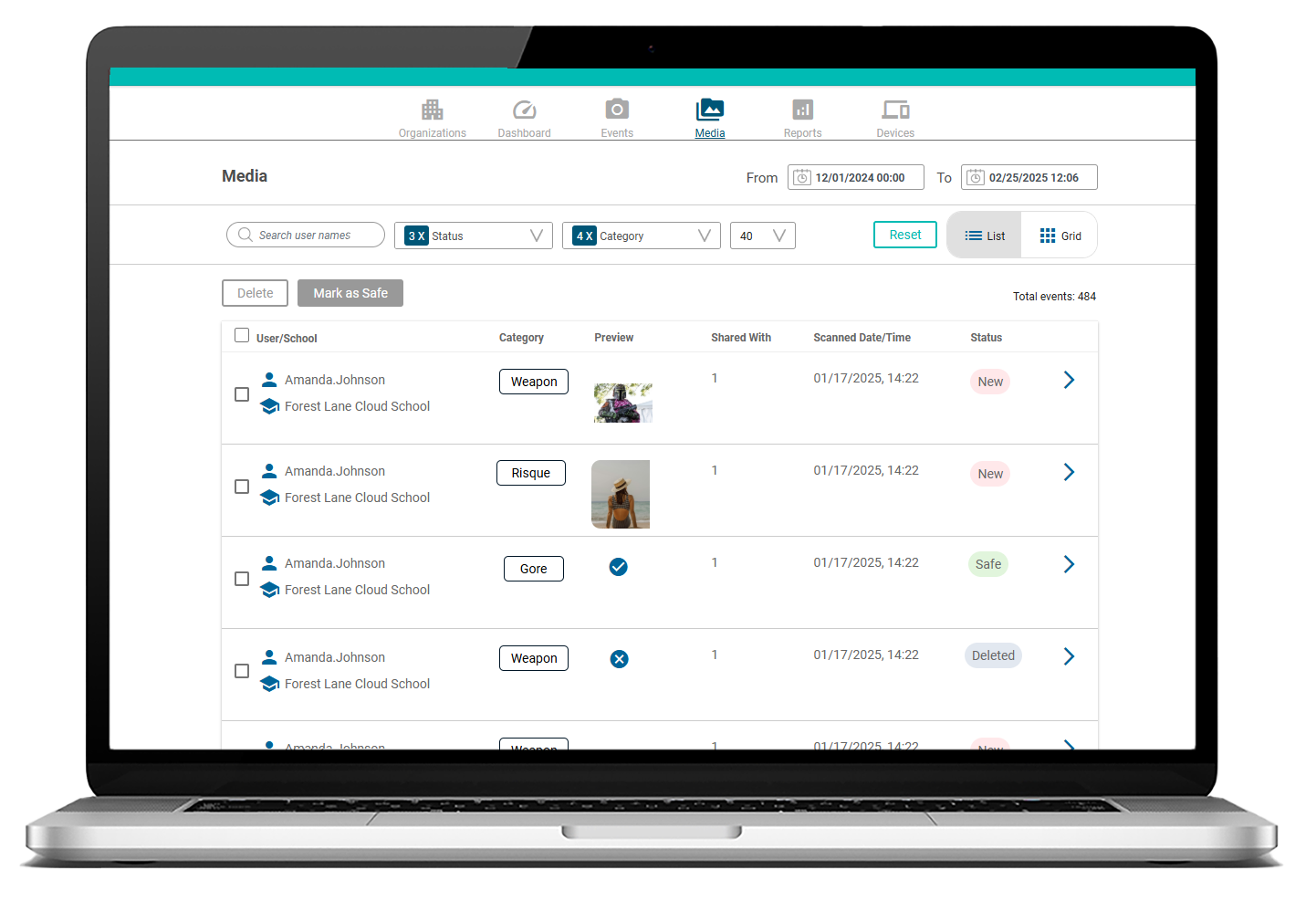Educational institutions: challenges and solutions in UK schools and universities
UK educational institutions face a range of challenges that make delivering quality education difficult. From funding struggles to outdated technology, these issues impact students, teachers, and administrators.
However, with the right strategies, schools and universities can overcome these hurdles and create a better learning experience for all.
Common challenges in education
Many UK educational institutions are feeling the strain of financial pressures, forcing them to make tough decisions, including job cuts. Cardiff University, for example, is set to cut 400 academic positions to tackle a £31.2 million deficit.
Beyond budget concerns, staff shortages are hitting schools hard. Despite government promises to recruit 6,500 more teachers, many schools in England are planning layoffs to stay afloat. Meanwhile, the digital divide remains a major barrier, with nearly half of UK families lacking the online skills or access needed for digital learning, deepening educational inequalities.
On top of this, outdated administrative systems are slowing things down. Many institutions still rely on inefficient processes for student records, payroll, and scheduling, making daily operations more difficult.
Key technologies transforming education
Learning Management Systems (LMS) – Platforms like Moodle, Blackboard, and Google Classroom streamline online learning and course management.
Business Management Software – Administrative and payroll software, such as SAP, Workday, and PayCaptain, help institutions manage finances, payroll, and HR functions efficiently.
AI and adaptive learning – AI-driven platforms personalise student learning experiences based on performance and progress.
Student Information Systems (SIS) – Software like PowerSchool and Infinite Campus helps manage student records and administration.
EdTech apps – Duolingo, Kahoot!, and Quizlet engage students with interactive learning.
Solutions to improve education
Addressing financial constraints: To prevent budget deficits and staff reductions, universities are being advised to seek alternative funding. However, sustainable government investment is also vital to maintaining staffing and resources.
Tackling staff shortages: Competitive salaries, manageable workloads, and enhanced teacher training are essential for retention and quality.
Bridging the digital divide: Expanding affordable broadband, digital access, and IT training will help disadvantaged students engage in online learning.
Improving administrative efficiency: Implementing modern business management software streamlines operations, reduces delays, and improves financial oversight, while automation frees educators to focus on teaching.
Enhancing student engagement: Schools should use adaptive learning software and AI-powered tools to personalise education and address learning gaps. These technologies support students from different backgrounds, improving engagement and retention.
By tackling these challenges with smarter funding, better technology, and streamlined administration, educational institutions can create a more engaging, accessible, and efficient learning environment that benefits both students and educators





















